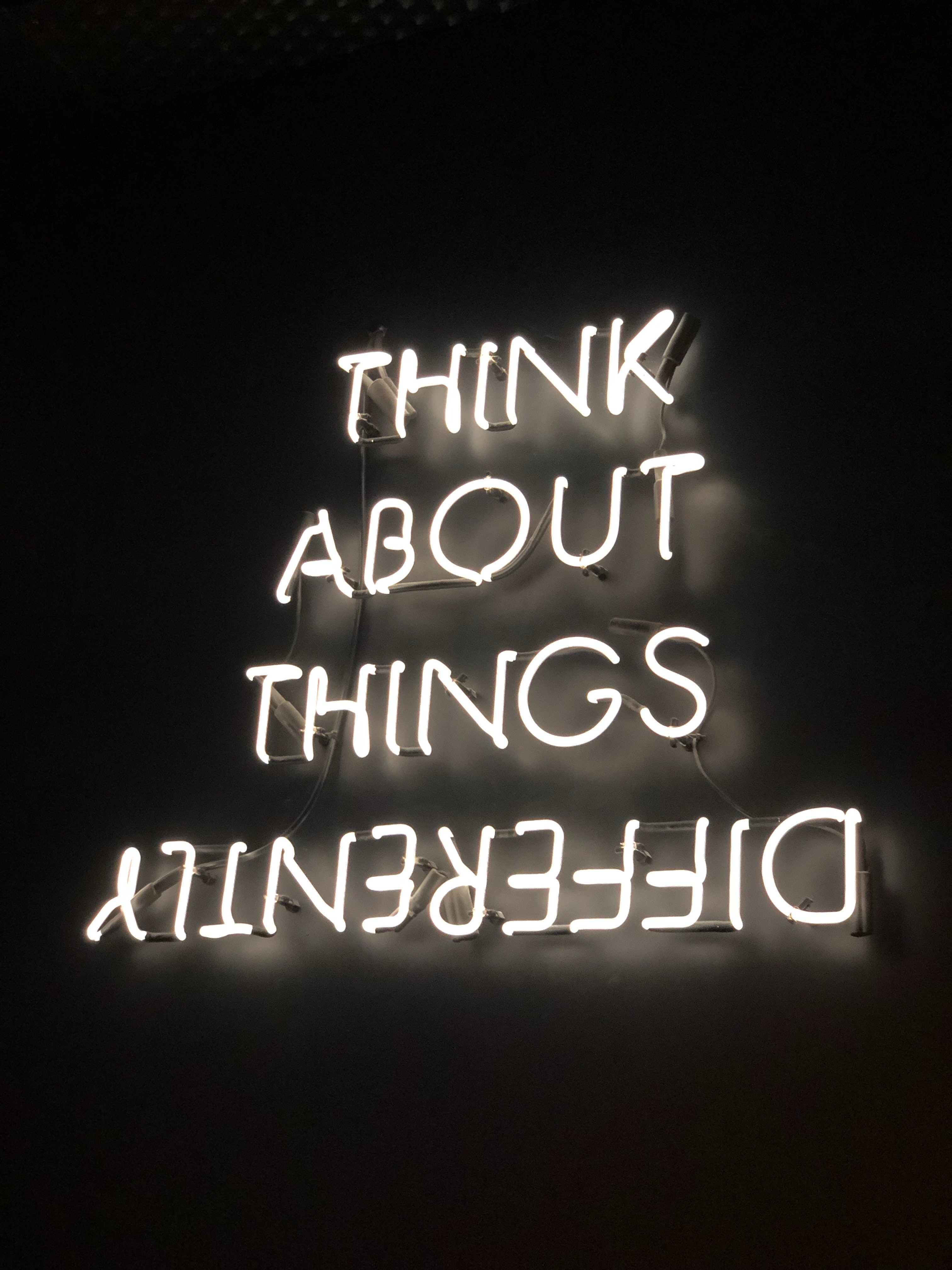
Nobel Prize winner Herbert Simon once stated that “everyone designs who devises courses of action aimed at changing existing situations into preferred ones.”
As UX practitioners, we strive to understand and empathize with our users’ existing situations through their needs, pain points, motivations, and goals in order to design what we hope will be their preferred situations via improved user experiences. While we can’t predict this preferred future yet, it is possible for designers and researchers to get closer to glimpsing it than ever before when attempting to make innovative, data-driven decisions using methods derived from Speculative Design, also known as Design Futures and the Study of Foresight. Through the use of artifacts, scenarios, thought exercises, and ideation methods, practitioners can test out how they feel about different potential futures to help inform their product roadmaps and strategy.
Because the future, by definition, is yet to come, an infinite number of possibilities, design decisions, and corresponding consequences are also possible. By mapping, prototyping, and brainstorming some of these possibilities, designers can get closer to understanding some of the “what-ifs”s or drivers of change that could make a potential future more or less probable, or more or less desirable.
These potential futures are sometimes represented by what’s known as the “cone of plausibility” which visualizes different scenarios and whether they are possible, plausible, and/or preferable future states. With an understanding of where these “what-ifs” lie, we can have informed dialogues about what would constitute a preferred future and which drivers of change might keep us farther away from a less desirable, but possible future.
Screenshot source: Knowledge Works.org in studentsatthecenterhub.org
Through these dialogues, teams can start to understand which aspects of their product, service, or user’s current state might have to change in order to get to their preferred future experiences and plan their company’s action steps accordingly.
One of the fathers of the discipline, Jim Dator, has described this exercise of “understanding the possible” to create a roadmap toward “the preferred” by comparing futuring to a guiding vision:
“The purpose of any futures exercise is to create a guiding vision, not a solution or limiting blueprint.” - Jim Dator’s First Law of the Future
This open, flexible approach to preferred states fits well into every UXer’s iterative toolbox. Through divergent thinking, UXers can explore many design concepts and their potential impacts on future user experiences.
Some questions that might help researchers and designers direct their futuring activities could include:
- What isn’t here yet in the current state?
- Who is and isn’t being included currently?
- What do we wish was here?
- What has to happen for that to occur?
- Why? to all of the above
Like many of our UX methods, futuring can be both qualitative and quantitative. New York Times bestselling author and futurist Amy Webb is known for her quantitative approach to strategic foresight. She uses a similar but different cone in her futuring approach:
Screenshot source: Amy Webb, Future Today Institute in HBR
She begins by “defining the cone’s edge, using highly probable events for which there is already data or evidence” and then extrapolates out from there with the goal of creating a living, flexible strategy. According to Webb, “As you gain data and evidence and as you make progress on your actions, the beginning of the cone and your tactical category is always reset in the present day. The result, ideally, is a flexible organization that is positioned to continually iterate and respond to external developments.” HBR
Strategic Foresight can be useful on small and large scales.
Some of my favorite real-world examples of futuring have been led by another prominent author and futurist, Stuart Candy. He has worked on projects with large organizations like NASA and the World Economic Forum and is also known for creating an award-winning card deck and free PDF download called The Thing from the Future that individuals can use to future in a single sitting.
One real-world NASA example inspired by Candy’s work was designed by JPL’s “The Sudio” strategy team. They created artifacts that showed tourism posters about visiting exoplanets that had recently been discovered:
Screenshot source: NASA Jet Propulsion Laboratory-Caltech
“The point was to share a sense of things on the edge of possibility that are closely tied to the work our people are doing today. The JPL director has called our people ‘architects of the future.’” -David Delgado, NASA Creative Strategy on the project and its origin
Using facts known about these exoplanets as a starting point, the NASA team extrapolated what it could look like to visit these planets in the future. The response was overwhelming with 1.2 million downloads in the posters’ first week after release.
Whether UXers are looking to better understand potential future states, their drivers of change, or their possible design consequences, disciplines like strategic foresight can help them navigate ambiguity in creative, impactful, and fun ways.
“[Futures Studies] can be used to help leaders and communities manage uncertainties and increase their resilience and innovation.” - World Economic Forum
For readers who might like to learn more on an individual level, some great resources include:
Screenshot sources: Barnes & Noble and Amazon linked above
And for others looking for a strategic partner, Key Lime Interactive can help clients explore potential futures for their products and services through experiential scenarios, ideation exercises, current and future state journey maps, design artifacts, STEEP workshops, and more to reduce uncertainty and increase innovation. Reach out to us to learn more.
Additional Sources:
Hammoud, M.S., Nash, D.P. What corporations do with foresight. Eur J Futures Res 2, 42 (2014).
Harvard Business Review: Learning from the Future
Stuart Candy, Ph.D.’s Experiential Futures Course, Carnegie Mellon University









Comments
Add Comment